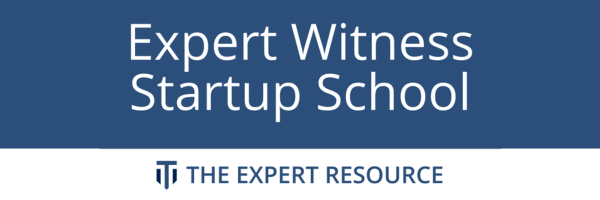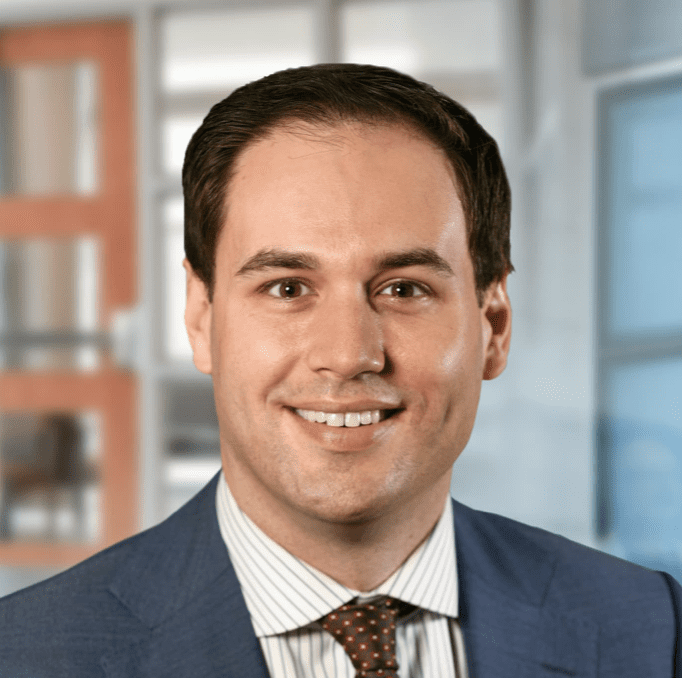1) Gold Surges to Record on Fed Rate-Cut Bets
Read: Reuters; Looming Fed rate cuts fuel gold price bonanza to records (Sept 2, 2025)

PPS take: Gold hit an all-time high at $3,527/oz last week. Why? The main reason attributed is that the Fed is expected to make some rate cuts coming up. Guaranteed? No. But it still drove the gold market because a weaker dollar means more value for a commodity with intrinsic value (i.e. gold). The larger implication however is that there may be lower confidence in the economy as a whole (more on that below). Also take note of the chart at the bottom of the article. Swings in gold are the norm, so don’t go making any crazy bets.
Do this now:
- Gold or other commodity investing is still best kept to “fun” money
- Use this as a reminder to check your broader asset allocation and confirm inflation-resistant exposures like TIPS bonds
- If you have extra gold lying around in the form of jewelry or something else you never use, consider selling – lots of people are looking, including the jewelry store in Buffalo, NY I just drove by

2) August Jobs Report Falls Flat
Read: Washington Post; Why it’s the toughest time to be searching for work in America in years (Sept 7, 2025)

PPS take: Jobs numbers unfortunately are not looking so good. Perhaps even worse than most expected. Unemployment rose to 4.3% and only 22,000 jobs were added in August. Layoffs are hitting tech, pharma, and manufacturing, with AI-driven automation accelerating displacement. One of the bigger factors appears to be the difficulty companies have in projecting future economic conditions with regards to tariffs and the like. The Fed is under pressure to cut rates more aggressively, which led to a temporary spike in the market. But, weak job growth also signals softer demand and potential drag on consumer spending. How can people spend more money with a rate cut if they are not employed and making money? Not surprisingly, as reality settled in, the market went down.
Do this now:
- Monitor patient demand trends. Soft job markets can increase cancellations and delay elective care
- For practice owners: refine staffing models to remain lean but resilient
- Anticipate volatility in equity markets tied to job-market sentiment and Fed response; make sure your asset allocation is aligned to your risk tolerance and don’t sell due to short term market corrections
3) Public Pensions Pull Back from Private Credit
Read: Financial Times; US public pension funds pare allocations to private credit (Sept 7, 2025)

PPS take: Private credit, or private lending, has seen a huge boom since 2008 when banks instituted stricter lending requirements. However, U.S. public pension funds cut private credit allocations by 18% in the first half of 2025. The main reasons cited were looser underwriting standards, growing credit risk, and valuation concerns. Basically the same issues that plagued banks prior to the 2008 crash. Overall, capital inflows to the sector are down 40%. Some funds have paused new commitments entirely. Now, this is not to say that these lesions are making the right call; none of our crystal balls are that clear. But, this is an inherently risky asset class.
Do this now:
- If you’re exploring private credit (direct lending, debt funds), reassess whether returns justify the risk
- Direct lending on a smaller scale (compared to large scale in a debt fund) can be a bit less risky as you control the requirements for lending more directly
- Your core portfolio should focus on highly diversified, low cost investments like stock and bond index funds. Private credit can seem attractive as not all investors have access to it, but don’t get FOMO – even the pensions are backing away
4) Health Insurance Premiums to Rise 6–7% in 2026
Read: Reuters; U.S. employee health insurance premiums to rise 6% next year, Mercer says (Sept 4, 2025)

PPS take: Overall, not good news. Employer-sponsored health insurance costs are expected to rise by 6–7% next year. Employers who don’t alter their plans expect to see a 9% increase in employer healthcare spending. The biggest reasons cited are increased demand for certain access, like behavioral health, inflation in general, and – get this – higher pay for physicians! This really gets my blood boiling. All data shows that MD/DO compensation has stayed below the level of inflation over the past decades while compensation for administrators has soared, likely due to PE. In any event, for physicians, this adds two layers of stress: patients with higher out-of-pocket costs and practices dealing with more claim denials.
Do this now:
- Anticipate a potential uptick in billing disputes, denials, or slower collections in your practice
- If you own your practice, consider working with your employees to prioritize what is most important for them while managing costs
- For your own household planning: budget for higher premiums if you rely on employer coverage (like I do)
Your Turn
What finance stories should we dissect for doctors next week? Reply with your suggestions!
Bonus) A Tweet from the Week!















